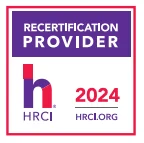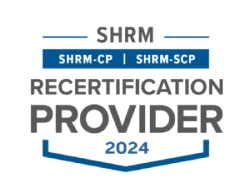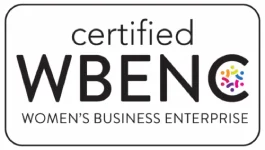Utilizing Pulse Surveys and Stay Interviews for Retention and Culture

Keeping your employees engaged in their work is an ongoing component in the employee life cycle. This directly leads to their retention and success in the organization. Retaining your employees and how that impacts overall culture are important to stay on top of.
For many organizations, conducting exit interviews has been a consistent practice in gaining useful knowledge as to why employees chose to leave. While the details obtained in exit interviews can assist in making appropriate adjustments or changes, they are not proactive in retaining top talent. By the time you are conducting an exit interview, it is too late. One important strategy to implement that will assist in collecting valuable information from employees is stay interviews.
Stay Interviews
Let’s look at the stay interview process in detail. You’ll want to start with a predetermined list of questions. Such as:
Job Satisfaction
- What keeps you working here?
- What would cause you to leave the company?
- What responsibilities excite you the most? The least?
Management Support
- How can your manager best support you?
- What can your manager do more of? Less of?
Employee Recognition
- How do you prefer to be recognized?
- Are there actions the company can take to further recognize you?
Training and Development
- Are there responsibilities you enjoy that are not a part of your position?
- What skills would you like to further develop?
Work-Life Balance
- Describe your current workload?
- What kinds of flexibility would be helpful in balancing your home life and work life?
Stay interviews should be conducted once or twice a year and ideally you want to stick to no more than 30 min. When you look at who you are conducting stay interviews with, often times, high performing or highly valued employees have been the focus. However, it is a good practice to widen the focus. Include entry level to senior level employees, new employees, tenured employees, average-performing employees, as well as the strongest performers. The intent is to find details for improving practices. Including your average employees may bring insight to ways that can enhance or elevate their engagement and production.
Pulse Surveys
Another tool employers can use to gather data and get a pulse on culture is employee surveys. The goal of employee surveys is to lead to solving problems within the organization or making changes that lead to higher morale, better retention, and improved production.
Using opinion surveys shows your employees that you want to hear from them and can guide business decisions to help you improve the employee experience and culture.
If possible, it’s a good practice to administer surveys annually but you’ll want to include and focus in on questions in which management can act. Often employers will launch a survey and get some really good feedback but ultimately if nothing is done and no action is taken, that can lead to frustration
Research suggests using a scale of 1-5 strongly agree, disagree helps streamline the data. Too many open-ended questions can lead to unmanageable data
Short and simple is best. A survey that takes 30-45 minutes will lead to hurried responses or low response rates in general. So, it’s important for employees to move through the questions easily and efficiently.
Confidentiality and anonymity of course help to obtain true information. If feedback is tied back to the employee, they will often be cautious about what is shared. To get an up-to-date and accurate reflection of what is going on you’ll want to reinforce those answers will remain anonymous.
Lastly, you’ll want to summarize the findings and provide action steps.

Ebook: The Future of the Workplace
The rate of change in the modern workplace continues to accelerate, challenging employers and employees alike to adjust to new realities and expectations at a rapid pace. With the war for talent intensifying, employers need to adapt their HR strategies to match the new environment so they can remain competitive in recruiting and retention. Download now to learn how!
Categories
Archive







